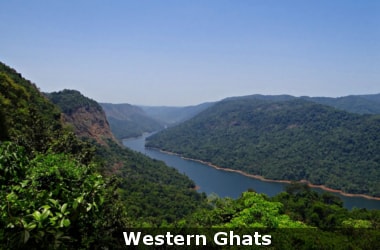
This year marks the 30th anniversary of the remarkable but relatively little known ‘Save Western Ghats March’ , a response to the socio-ecological challenges the area grappled with.
A diverse set of people - scientists, anthropologists, sociologists, activists, journalists and local communities—marched together for 100 days along the length of ghats and met at a conference in Goa to discuss the issues.
The march was as much an exercise in envisioning the future as it was an acknowledgement of the past—of the extreme richness of this ancient mountain range that extends from River Tapti to Kanyakumari.
Straddling six states, from Gujarat to Kerala and Tamil Nadu, the 1600-odd kilometre-long Western Ghats is home to an astonishing diversity of life and supports innumerable human communities and cultures.
It is an ecosystem that is 50 million years old; humans made an entry here only 12,000-15,000 years ago.
250 million people living in peninsular India are nourished by the many rivers that originate here.
The forests are also home to hundreds of globally threatened species, including rare and unique ones like the Malabar torrent toad, the Nilgiri langur, Wroughton’s free-tailed bat, the Nilgiri laughing thrush and many species of caecilians, the limbless amphibians.
The Western Ghats are recognised today as one of the world’s top 35 biodiversity hotspots and for very good reason.
The idea of a ‘biodiversity hotspot’ was first articulated only in 1988.
The mountain range is dotted by a number of wildlife sanctuaries, national parks, tiger and elephant reserves and traditional sacred groves (devrai in Maharashtra, deverakadu in Kodagu and kavu in Kerala) that have existed for centuries.
Previous initiatives include 1970s agitation to save Silent Valley in Kerala from a dam project, the large conservation research and action project initiated here under the aegis of the Critical Ecosystem Partnership Fund (CEPF).
A much more recent effort was to declare large parts of the ghats ecosensitive.
It is estimated that only a third of the mountain range is still under natural vegetation, and this too is highly fragmented and degraded.
The Save Western Ghats March from three decades ago remains hugely relevant - the Western Ghats are unique, important and still under threat.